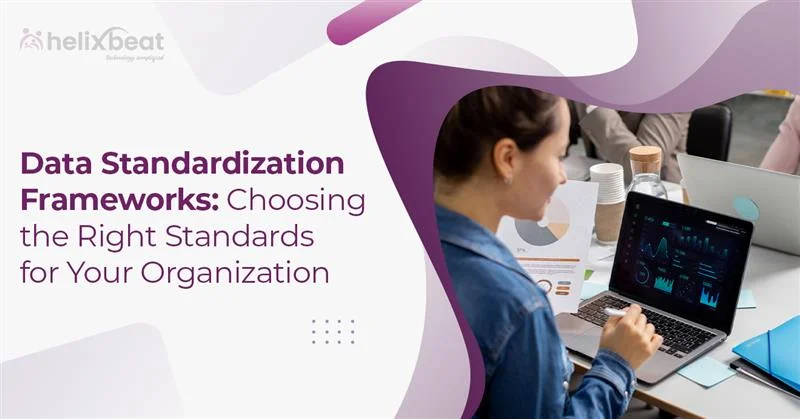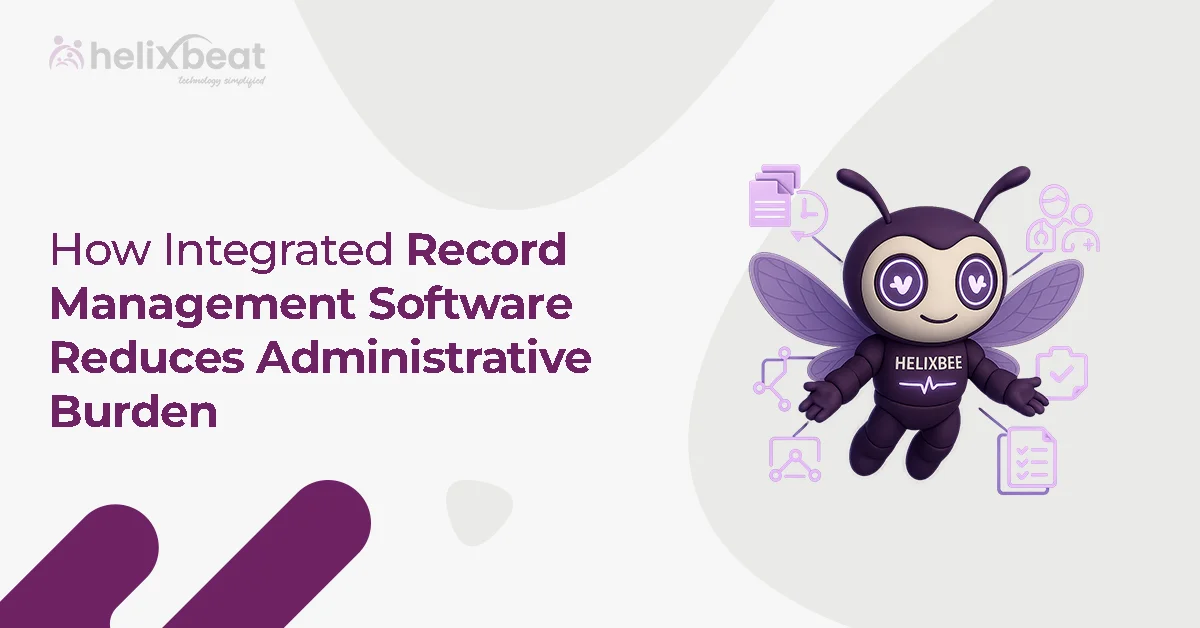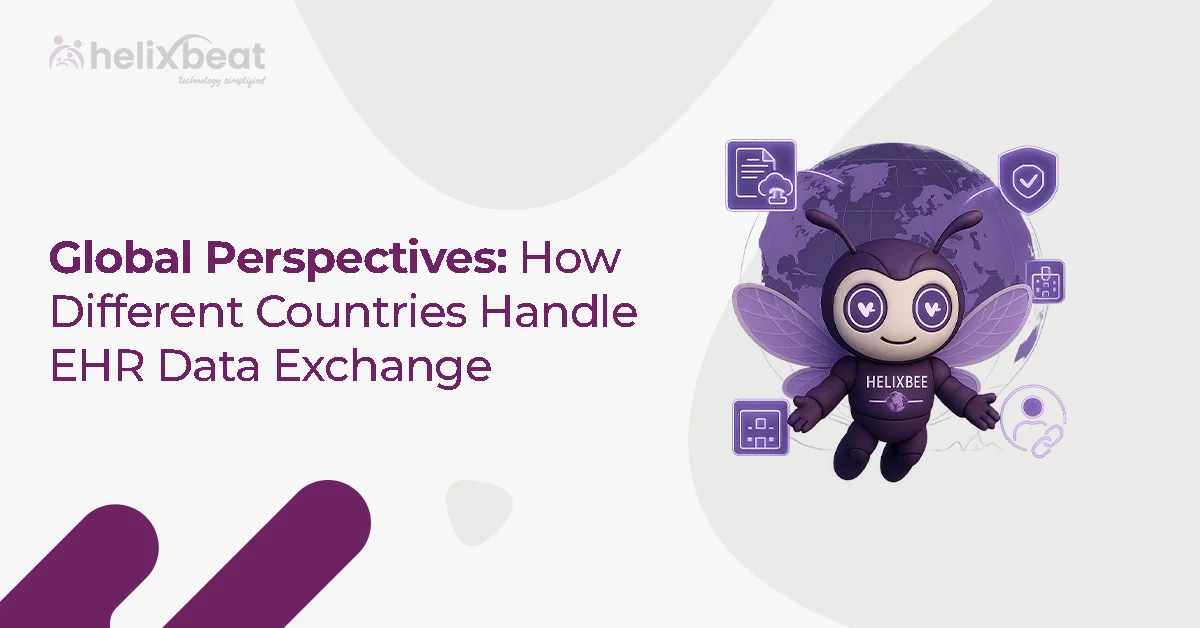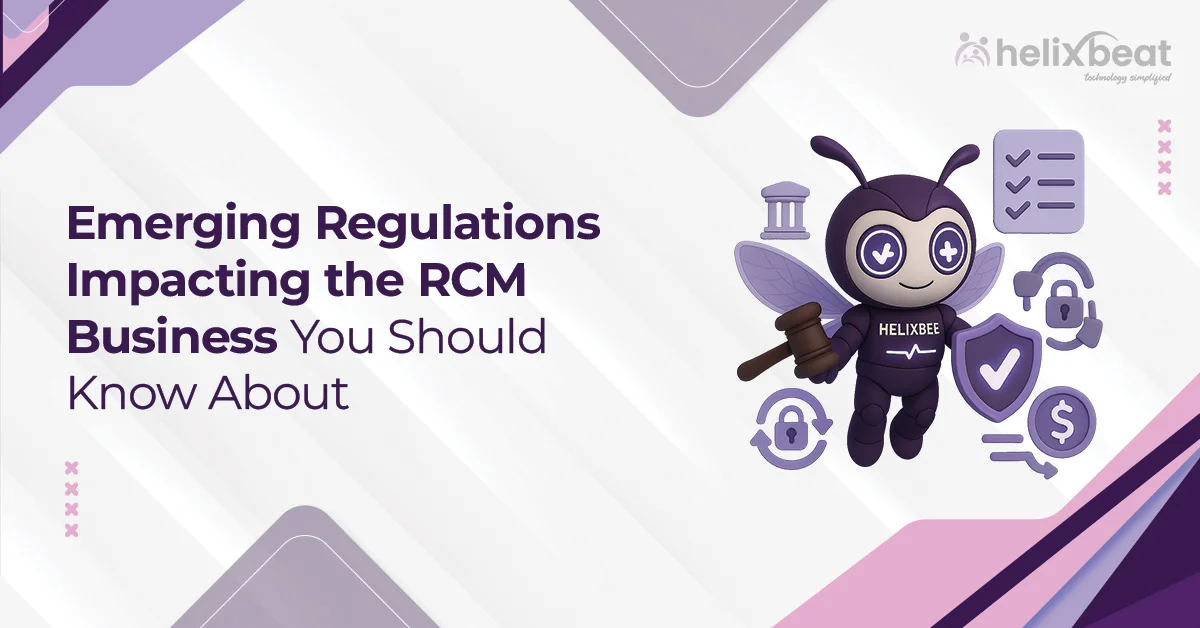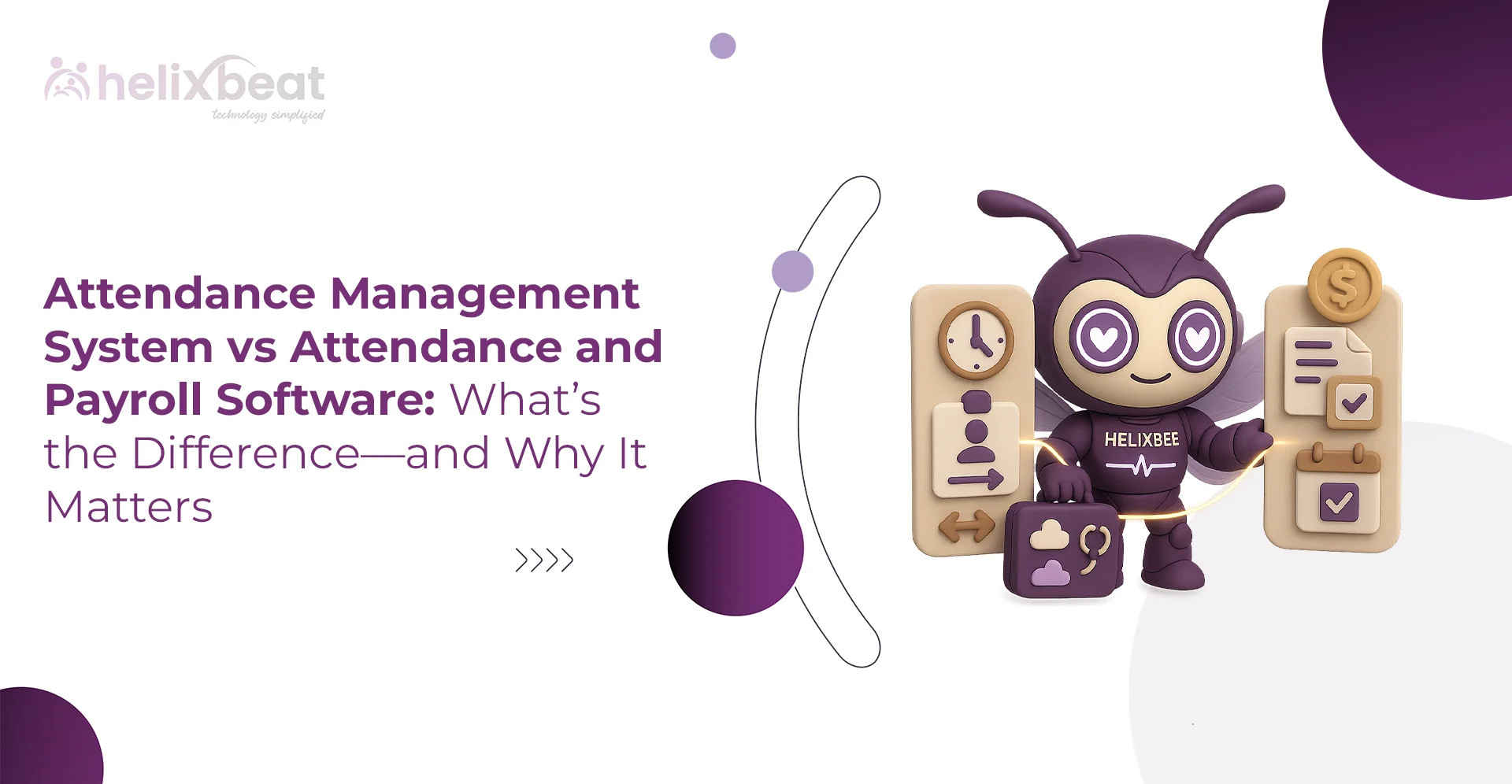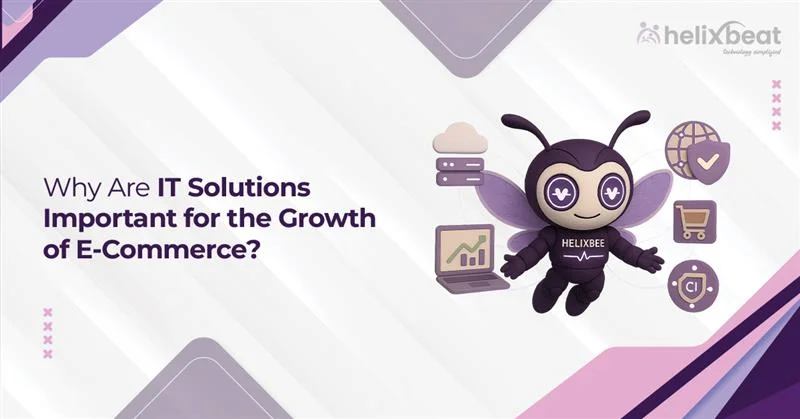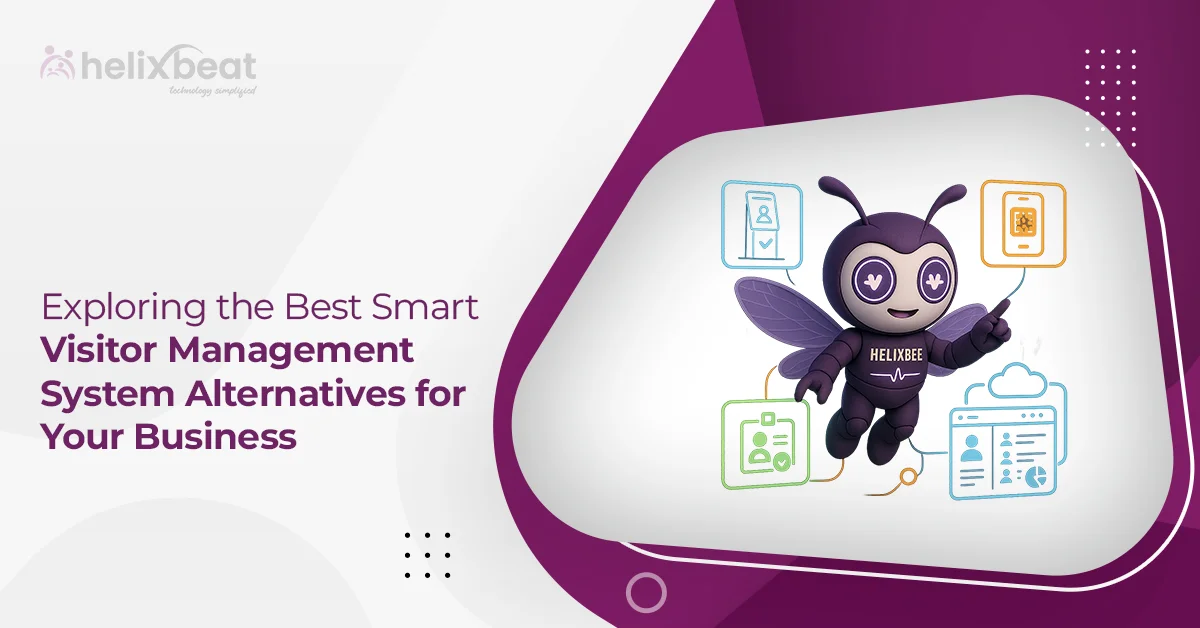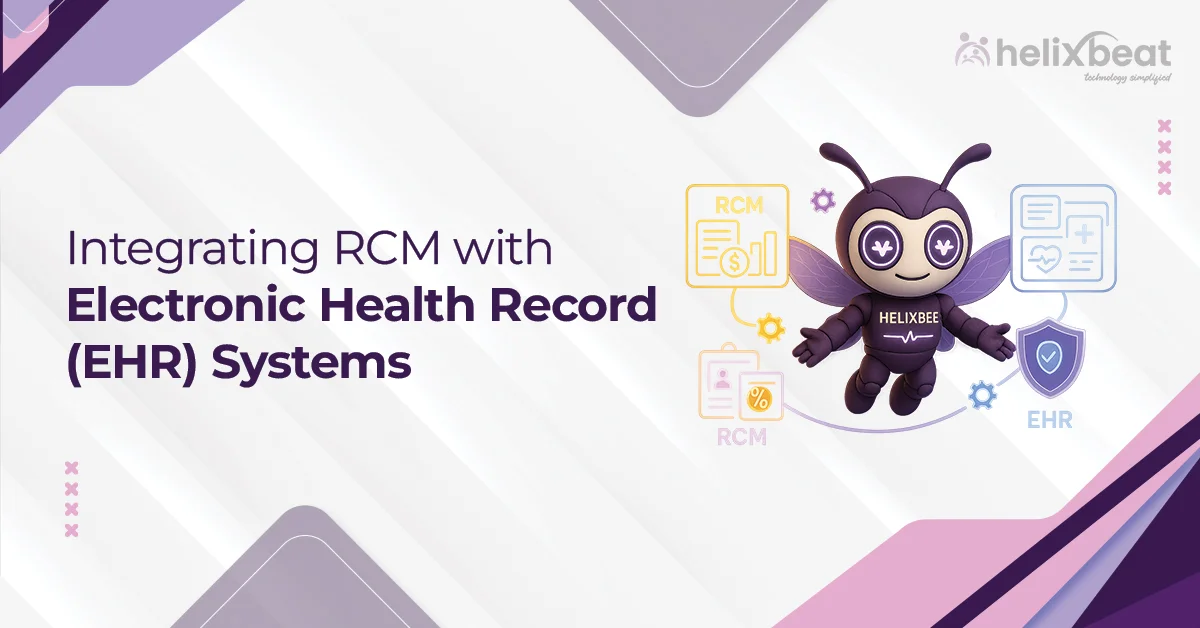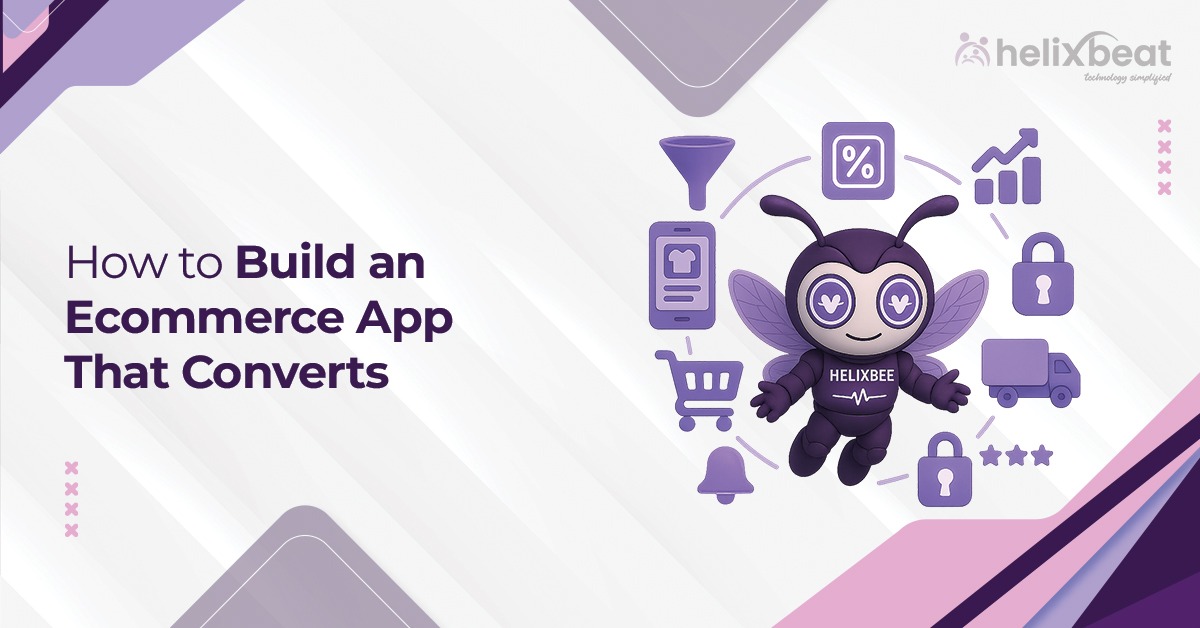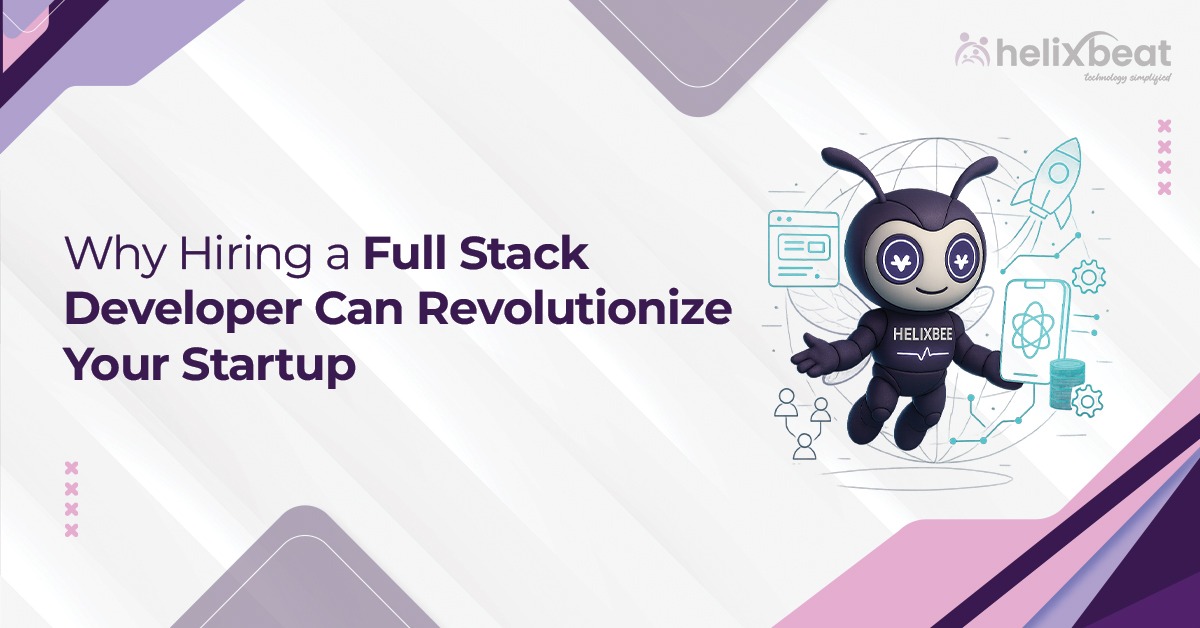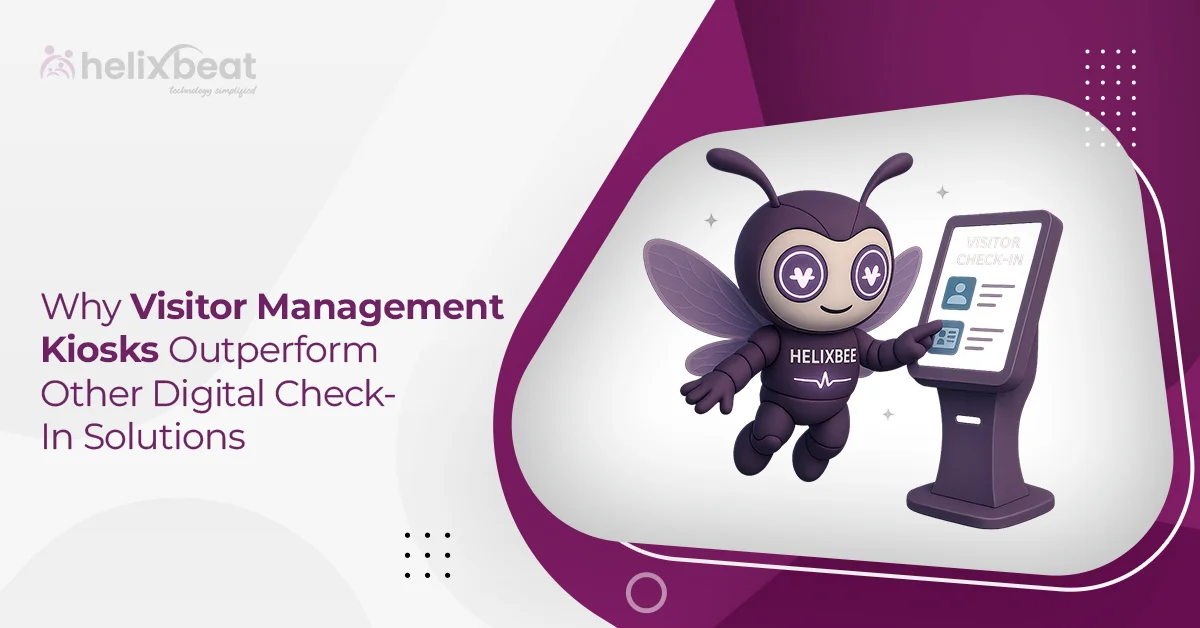In healthcare, where lives depend on informed decisions, sharing accurate and timely information is a lifeline. Think about it: how many patient stories are shaped by seamless collaboration between doctors, labs, and hospitals? That’s why healthcare data frameworks form the backbone of this communication. They help healthcare teams work smarter, improve patient care, and stay on top of regulatory demands.
In this guide, we’ll explore the core principles of data standardization, highlight the leading frameworks like FHIR and HL7, and share how AERIS can help healthcare organizations unlock their full potential.
Table of Contents
Why Data Standardization Matters in Healthcare
Healthcare data includes diverse formats, terminologies, and use cases. However, every piece of information must align with a common framework to make sense across systems. That’s where data standardization allows:
- Improved Interoperability: By adopting standardized formats and terminologies, healthcare organizations can facilitate seamless data exchange between disparate systems.
- Enhanced Patient Care: Standardized data aims to provide clinicians with access to accurate and comprehensive information, which helps reduce errors and facilitates informed decision-making.
- Regulatory Compliance: Healthcare data frameworks often align with legal and ethical requirements, thus helping organizations meet mandates like HIPAA.
- Operational Efficiency: Consistent data formats simplify analytics, reporting, and system integrations, which reduces resource-intensive manual interventions.
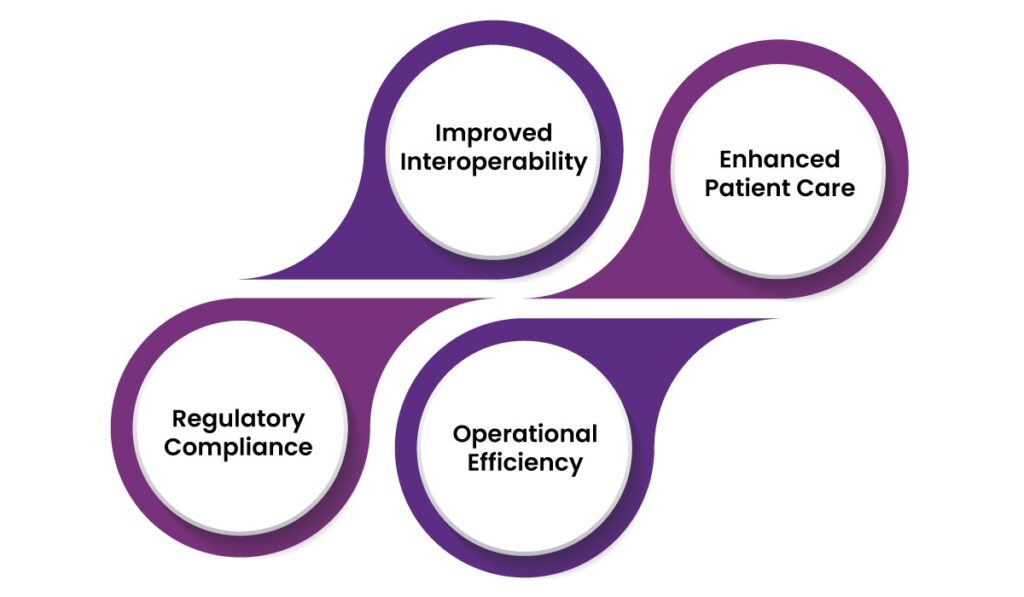
Key Data Standardization Frameworks in Healthcare
Let’s dive into the core healthcare data frameworks that are shaping the future of data exchange.
- HL7 Version 2
HL7 Version 2 is like the seasoned professional who’s been around for decades. It is widely used for exchanging clinical and administrative data, such as lab results, patient admissions, or medication orders. Its long-standing reliability has made it the backbone of many healthcare systems worldwide.
- HL7 FHIR (Fast Healthcare Interoperability Resources)
On the other hand, HL7 FHIR is the younger, tech-savvy sibling that brings modernity to the table. This healthcare data framework leverages familiar web technologies like RESTful APIs to make data sharing simpler and faster. Think of it as the sleek new app on your phone that’s intuitive and user-friendly. With FHIR, developers can build apps that can pull patient data from multiple systems in real-time.
How AERIS Can Help Providers in Data Standardization
Even with healthcare data frameworks like FHIR, hospitals and providers often face obstacles ranging from outdated infrastructure to inconsistent data quality. That’s where AERIS steps in, making the journey of data standardization more manageable and effective. Here’s how:
1. Bridging the Gap Between Legacy and Modern Systems
Hospitals often face challenges connecting outdated Electronic Health Record (EHR) systems with modern, FHIR-compliant platforms. This lack of compatibility creates bottlenecks in the flow of critical data. AERIS addresses this issue with its custom-built data adapters—designed to connect modern and legacy systems, as well as IoT devices and cloud-based applications.
For example, imagine if a wearable heart monitor generates health metrics in a proprietary format. In this case, AERIS can process and convert this data into a format the EHR system understands, thus providing real-time health insights.
2. Tackling Data Quality Issues Head-On
Healthcare data is only as good as the information entered. Inconsistent data entries, missing fields, or incompatible formats can lead to incomplete or inaccurate exchanges. For example, one system might record a patient’s gender as “M/F,” while another uses “Male/Female.”
AERIS addresses these inconsistencies by acting as a centralized data management hub for API interactions. Beyond simply connecting systems, it harmonizes incoming data through validation tools. This process ensures that all entries adhere to a unified standard, regardless of their origin.
3. Simplifying Implementation for Smaller Providers
Smaller hospitals often operate with limited IT resources, which makes the technical demands of FHIR implementation difficult. It’s like asking a small-town mechanic to build a race car engine. However, AERIS simplifies the process by providing pre-configured templates that require minimal technical expertise. Thus, even healthcare providers with constrained budgets or IT capabilities can adopt FHIR standards without being overwhelmed by technical configurations.
4. Security and Compliance
AERIS provides a robust security and compliance framework to protect sensitive healthcare data and uphold regulatory standards. By leveraging advanced encryption methods like AES and TLS, AERIS safeguards data both in transit and at rest. Also, comprehensive access controls, including role-based and context-aware policies, restrict system interactions to authorized personnel. Besides, detailed audit trails track every system interaction, thus supporting accountability and simplifying investigations in case of discrepancies.
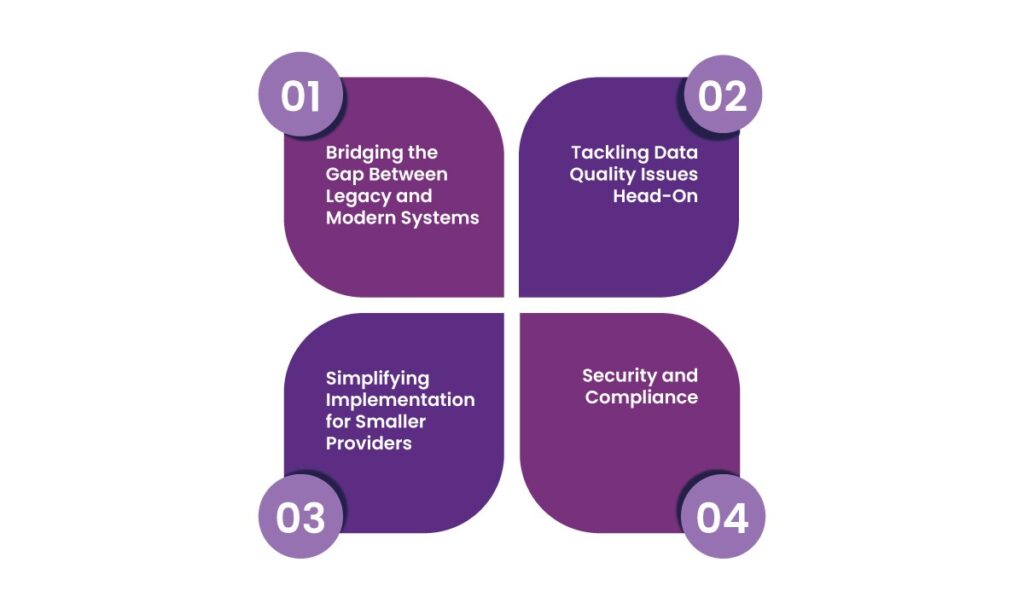
Practical Tips for a Smooth Transition to AERIS
Transitioning to a platform like AERIS is a big move, but it doesn’t have to be scary. Here are some practical tips to make the adoption process seamless:
1. Start Small and Scale Up
Start with a pilot project, like implementing AERIS in a single department. Demonstrating early benefits in a controlled environment can simplify expansion across other areas.
2. Involve Stakeholders Early
Engage clinicians, administrative staff, IT teams, and compliance officers right from the start. Their collective expertise will help Helixbeat customize AERIS to suit your organization.
3. Communicate the Vision
Clearly articulate the reasons for adopting AERIS. Transparency in communication promotes collaboration and enthusiasm.
4. Comprehensive Support by Helixbeat
Helixbeat offers extensive training resources, documentation, and customer support to guide you through the process.
5. Measure and Celebrate Success
Track key performance metrics before and after implementation. Recognizing and celebrating achievements motivates teams and sustains progress.
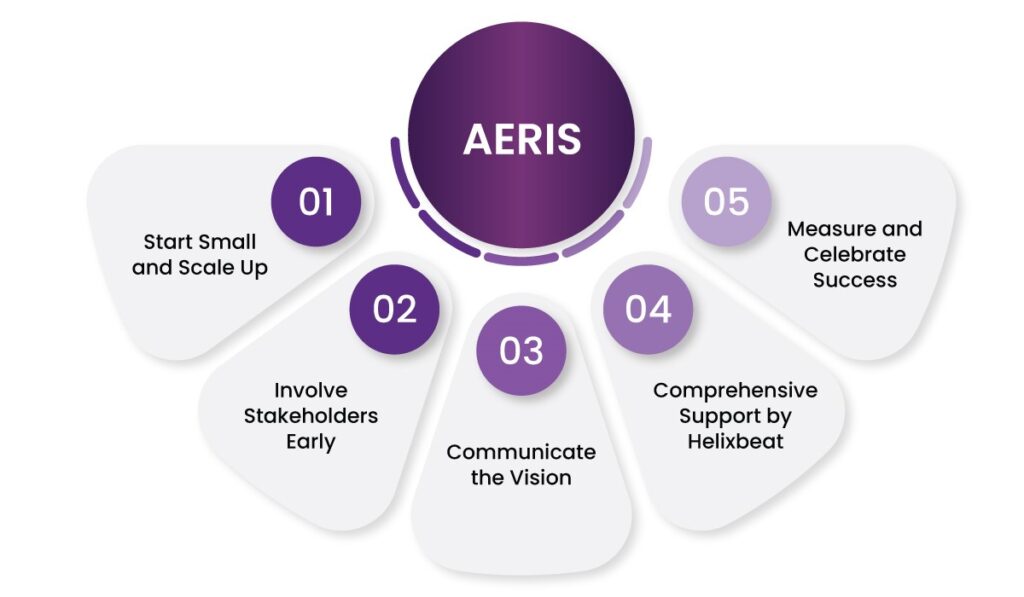
Final Words
Adopting the right healthcare data framework is a necessity today. While HL7 FHIR stands out as a modern standard, achieving data standardization and interoperability can be challenging without the right tools.
That’s where AERIS plays a transformative role. By bridging the gap between legacy and modern systems, addressing data quality issues, and simplifying implementation even for providers, AERIS equips organizations to unlock the true potential of HL7 FHIR.
Discover how AERIS can empower your organization with its advanced, FHIR-compliant solutions. Contact us today and schedule a free consultation.
FAQs
1. Why is HL7 FHIR considered the future of healthcare data frameworks?
HL7 FHIR leverages modern technology to simplify real-time data sharing and app development, making it a scalable and adaptable framework for the evolving needs of healthcare organizations.
2. What is a healthcare data framework, and why is it important?
A healthcare data framework is a structured approach for organizing and sharing medical data across systems. It helps healthcare organizations achieve seamless data exchange, improved patient care, and compliance with regulatory standards.
3. How does AERIS simplify data standardization for healthcare providers?
AERIS addresses issues like legacy system integration, data quality inconsistencies, and technical complexities by offering tools such as custom-built adapters, validation features, and pre-configured templates.
4. What role does security play in a healthcare data framework?
Security is vital for protecting sensitive healthcare data. Frameworks like AERIS incorporate encryption, access controls, and audit trails to safeguard information and comply with regulations like HIPAA.
5. Can smaller healthcare providers adopt HL7 FHIR with limited IT resources?
Yes, smaller providers can adopt HL7 FHIR with solutions like AERIS, which offers simplified implementation through pre-configured templates and minimal technical requirements.
6. How does a healthcare data framework contribute to better patient care?
By standardizing data, clinicians can access accurate, real-time information across systems, which reduces errors and facilitates more informed treatment decisions.



